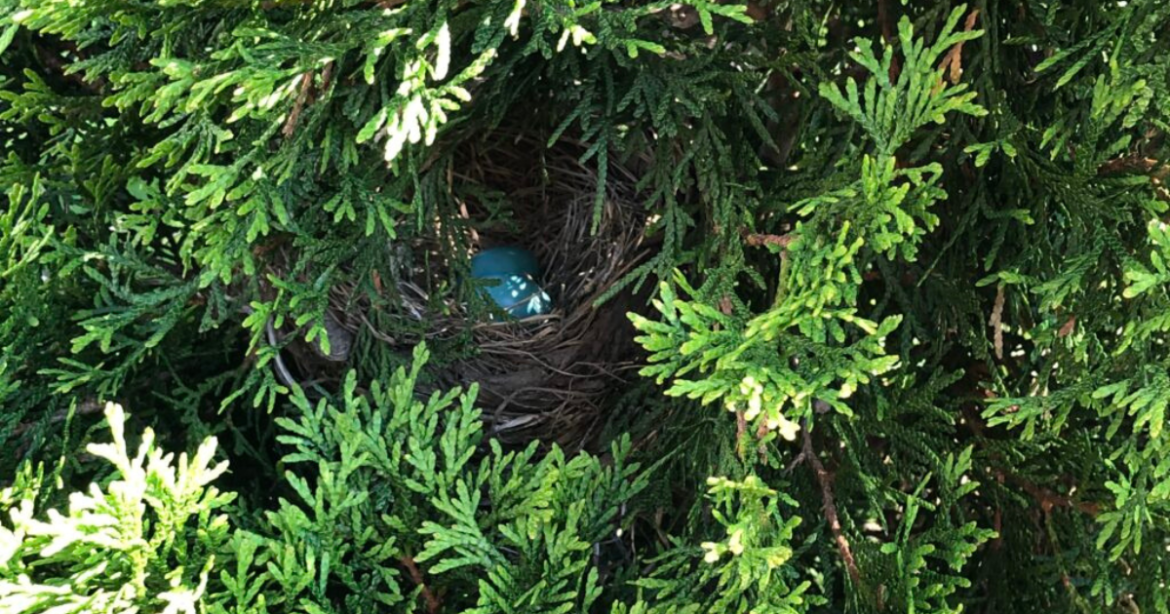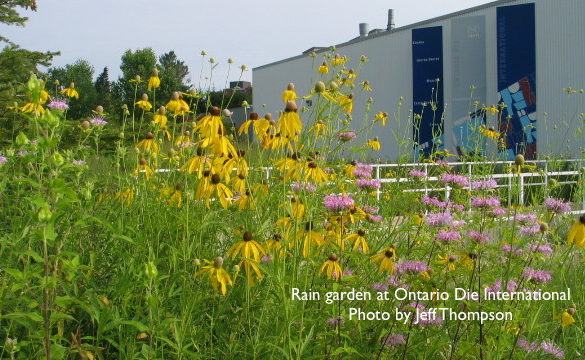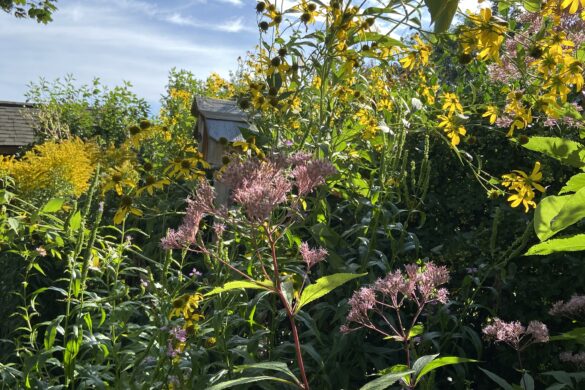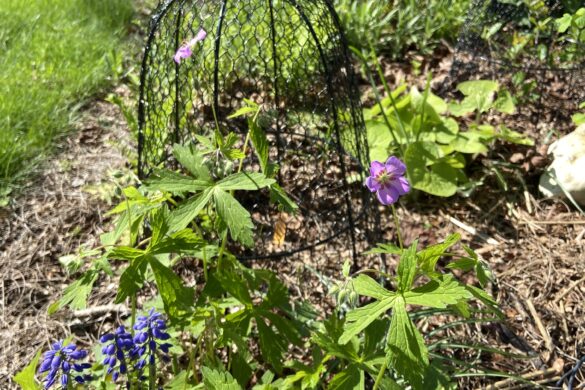Summer arrived this week with with heat and humidity that has stressed the garden a little despite ample rainfall. Here and there I see yellow leaves, including on hardy common milkweed and swamp milkweed that are just beginning to bloom.
If the plants are stressed, you can be sure the birds, bees, butterflies and other animals are too.
That brings us to the topic of today’s letter, the 3 elements of a garden habitat that all these creatures need to survive and thrive.
Food
First among these is a food source — this includes nectar/pollen from flowers, plus berries, seeds and nuts from plants. Last week I wrote about the importance of keystone plants as both a food source and host plant for pollinators.
Native plants provide food for wildlife throughout their lifecycle. Pollen and nectar from their blossoms, leaves for butterflies and moths to lay their eggs on that become caterpillars for baby birds to eat, and seed heads in fall and winter for many birds.
(Side note: Goldfinches love the seeds from cup plant, zigzag goldenrod, pale purple coneflower and other native plants.)
Water
A water source, such as a birdbath, pond or rain garden, is another essential component of a garden habitat. We installed a rain garden a few years ago to channel water from our roof. It’s become a little pollinator oasis and an ephemeral sort of pond – filled with water one day that’s gone the next.
A birdbath is your easiest option to provide a water source: it can be as simple as a shallow dish with a few stones for the birds to perch (you don’t want steep sides or slippery surfaces). You’ll have to refresh the water regularly to avoid mosquitoes. Locate it near a tree or other structure that birds can easily fly to for safety in the case of prowling neighbourhood cats.
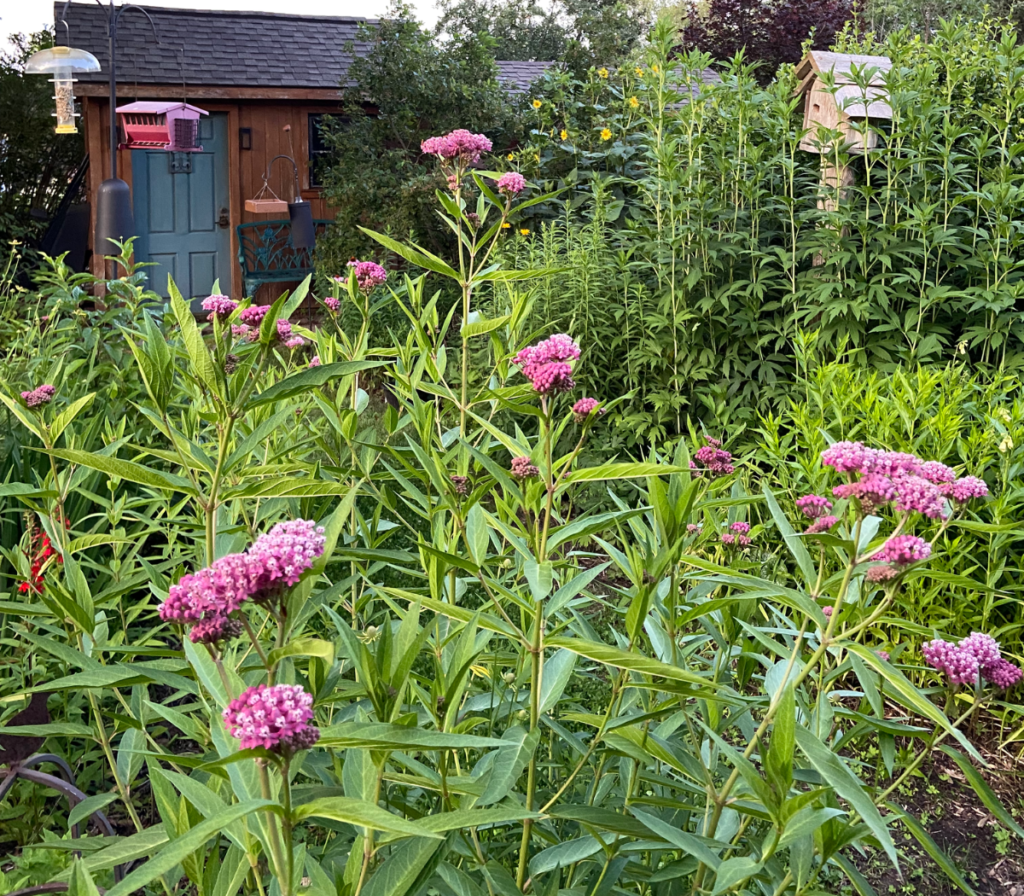
Shelter
Shelter is the third requirement, in the form of trees, shrubs, perennials, leaf litter, a few logs or branch pile. I like to think in layers — trees above, shrubs and perennial flowers below, fallen leaves swept into the garden and left at the base (which also serves as a water-retaining mulch throughout the hot months).
Ground-nesting native bees will be thankful for a few bare patches of earth.
Birds, such as the mama oriole pictured below, will appreciate perennial stalks left standing, both for the seeds they provide and for nesting material. We’ve found that Baltimore orioles prefer to strip nesting material from swamp milkweed stalks in particular.
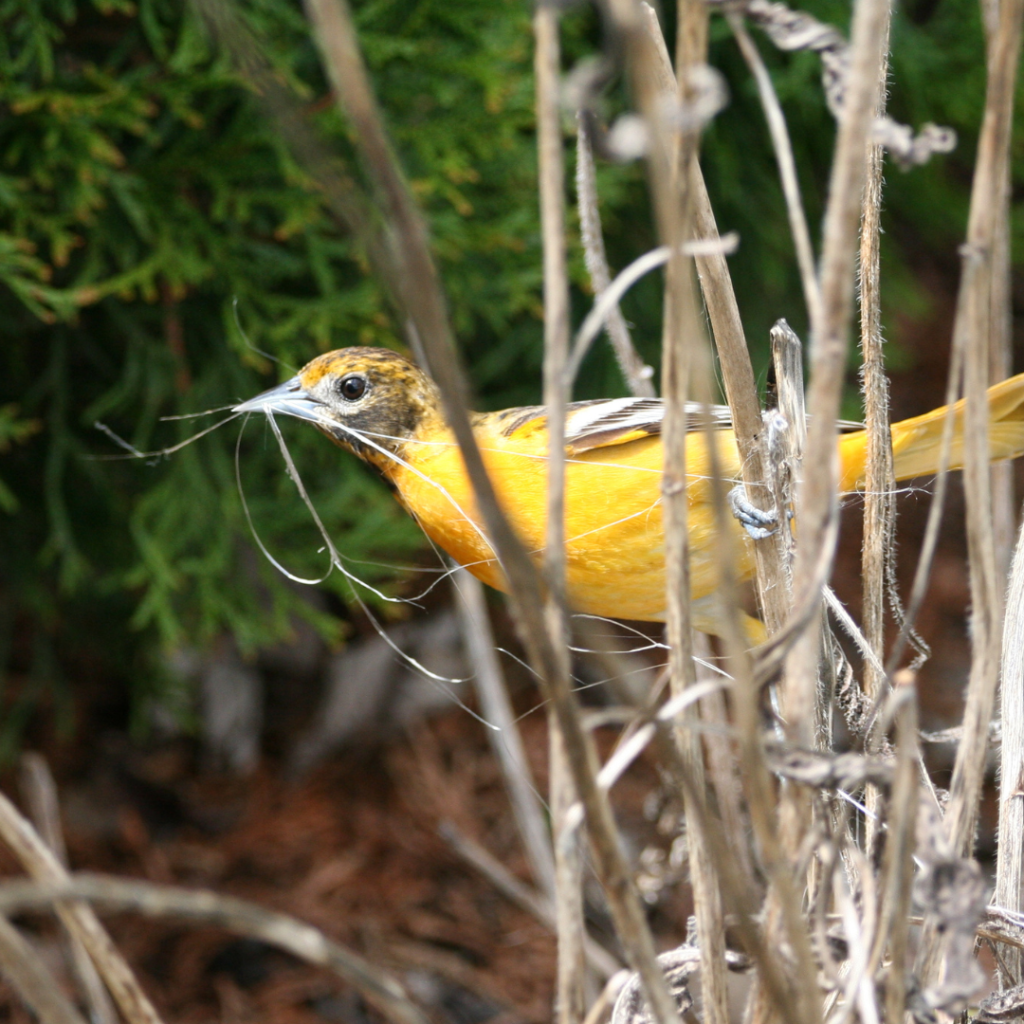
Eco-friendly garden practices
In addition to the 3 structural garden elements above, there is a fourth consideration: how you maintain your outdoor space. Doing less rather than more is generally beneficial – think relaxed rather than super tidy. Let the leaves fall and decompose; let the birds and other beneficial insects take care of the aphids. Grab a rake and skip the leaf blower: all the pollinators that depend on your garden will thank you.

